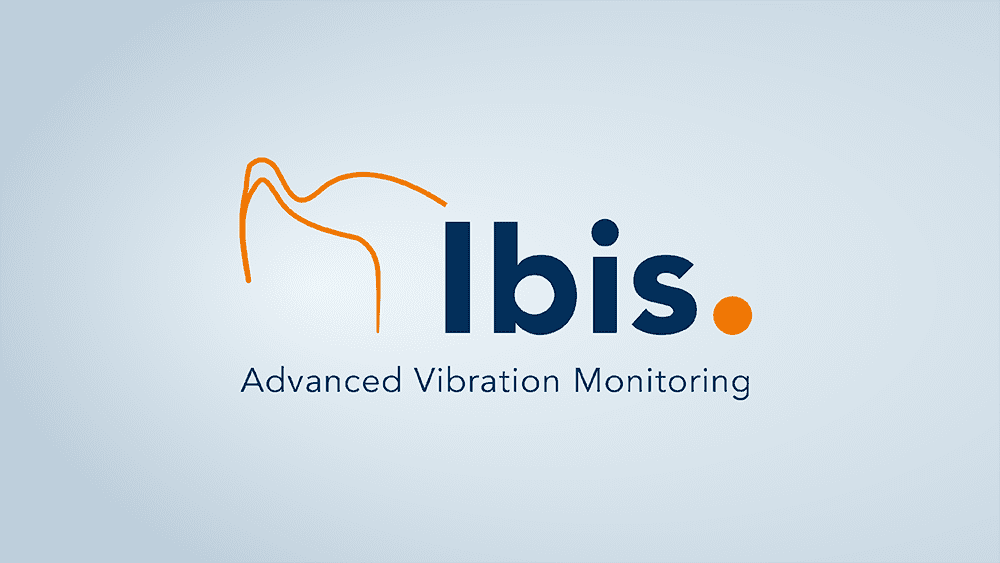Glossary » Balancing
B like balancing
Balancing
What is balancing?
Balancing refers to the process by which unequally distributed masses of rotating objects (rotors), such as wheels or rollers, can be balanced by adding or removing counterweights. The aim of balancing is to Unbalance minimise, to reduce vibrations and noise and extend the life of the object.
How does a balancing machine work?
A balancing machine or balancing machine is a device used to correct imbalances in rotating objects such as wheels, crankshafts or propellers. How a balancing machine works is based on the principle of centrifugal force. The object to be balanced is mounted on a rotating axle and set in motion. As it rotates, the unbalance in the object creates a centrifugal force that throws the object out of balance. The balancing machine measures this unbalance and generates a counterforce to bring the object back into balance. This is done by the Adding or removing weights at certain points of the object. In this way, the imbalance is minimised and the object runs more smoothly and efficiently.
Ibis offers you a mobile balancing service - directly on site!
Learn more about our mobile balancing service and how you can have your machines balanced without much effort.
Why do you need balancing in the industry ?
Balancing has a great relevance for the industry, especially in areas where Rotating machines and components be used. Contract balancing and factory balancing are always the order of the day in numerous industries.
Balancing advantages
1. performance optimisation
Balancing can minimise imbalances in rotating parts, resulting in improved performance. A balanced machine runs smoother, reduces vibrations and extends component life.
2. safety
Unbalance can lead to dangerous vibrations that can damage machinery or even cause accidents. Balancing helps to minimise these risks and ensure safety in the workplace.
3. quality control
In industry, it is important to produce high quality products. Balancing plays a crucial role in ensuring product quality by ensuring that rotating parts are manufactured accurately and without imbalance.
4. energy efficiency
A balanced machine requires less energy to operate as it runs more smoothly. This leads to improved energy efficiency and reduced operating costs.
5. reduction of downtime
Balancing allows potential problems to be identified early and corrected before they lead to major damage. This helps minimise unplanned downtime and maintain productivity in the industry.
